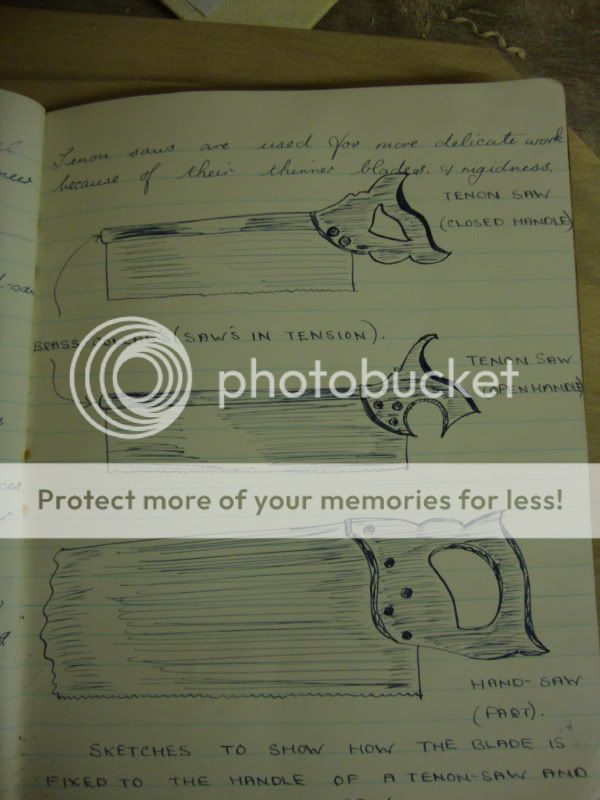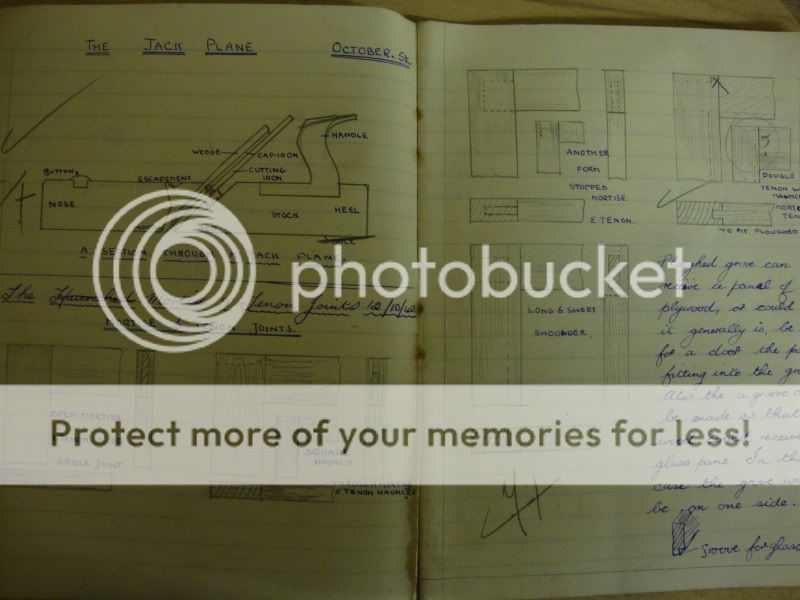Hi there,
I'm going to be teaching some woodworking classes at a school over the next year, and at the moment and trying to sort out the workshop. These are going to be recreational classes so it's hopefully a chance to get some of the kids interested in doing some real woodworking purely for the enjoyment of it.
I'm thinking about hand tools that will need to be purchased, mostly the basics, ie tenon saws, planes and chisels. I'd love to fill the shelf with a row of Cliftons this isn't realistic on the budget I have! I'm wondering about Axminster's basic smoother and block plane. Does anyone have experience of these? Are they at all useable? Any alternatives in that sort of price bracket? If not it will have to be the secondhand route, but I'd rather avoid it as it could mean many hours of searching and fettling.
Also any recommendations for budget tenon saws or chisels (preferably with wooden handles)?
Basically the less money spent the better, but they quality has to be sufficient so that the tools don't become a frustration to use, as that would defeat the object of the exercise
Thanks
Marcus
I'm going to be teaching some woodworking classes at a school over the next year, and at the moment and trying to sort out the workshop. These are going to be recreational classes so it's hopefully a chance to get some of the kids interested in doing some real woodworking purely for the enjoyment of it.
I'm thinking about hand tools that will need to be purchased, mostly the basics, ie tenon saws, planes and chisels. I'd love to fill the shelf with a row of Cliftons this isn't realistic on the budget I have! I'm wondering about Axminster's basic smoother and block plane. Does anyone have experience of these? Are they at all useable? Any alternatives in that sort of price bracket? If not it will have to be the secondhand route, but I'd rather avoid it as it could mean many hours of searching and fettling.
Also any recommendations for budget tenon saws or chisels (preferably with wooden handles)?
Basically the less money spent the better, but they quality has to be sufficient so that the tools don't become a frustration to use, as that would defeat the object of the exercise
Thanks
Marcus












































